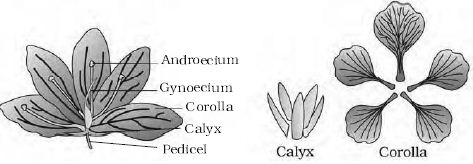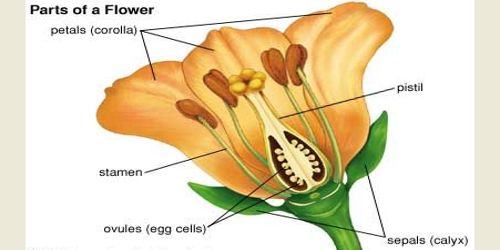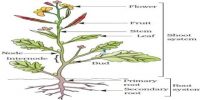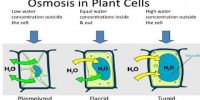Each flower normally has four floral whorls, viz., calyx, corolla, androecium, and gynoecium (Figure). Calyx and corolla are important parts of a flower. The calyx and the corolla together make up the perianth. Together, the corolla and calyx make up the perianth, the nonreproductive portion of the flower.

Calyx:
The calyx is the outermost whorl of the flower and the members are called sepals. It is made up of sepals, green leaf-like structures that enclose the unopened bud. It is outermost whorl of a flower, leaf-like, and is green in color. These are the small, leaf-like parts growing at the base of the petals. They form the outermost whorl of the flower. The calyx performs a crucial role in the flowering plant. As the flower is forming, it is closed tightly into a bud. Generally, sepals are green, leaf-like, and protect the flower in the bud stage. The calyx may be gamosepalous (sepals united) or polysepalous (sepals free).
The function of the Calyx:
- The main function of the calyx and its sepals is to protect the flower before it blossoms(in the bud stage).
- Calyx covers and protects all other parts of the flower within a bud. They serve a protective role for the flower before it opens, and afterward extend from the base of the flower.
- They are protective in nature and protect the inner delicate part of the flower from various injury and desiccation.
- They protect the developing flower and prevents it from drying out.
Corolla
Corolla is composed of petals. It is made up of the petals of the flower, which are usually brightly colored in order to attract insects. Corolla is the part of a flower that consists of the separate or fused petals and constitutes the inner whorl of the perianth. Petals are usually brightly colored to attract insects for pollination. The petals of the corolla are designed to aid in pollination, and therefore, increase the chance of successful reproduction of the flower. In some flowers the corolla is colorful. Some other flowers have nectar and scent glands at the base of the corolla. Like calyx, corolla may be also free (gamopetalous) or united (polypetalous). The shape and color of corolla vary greatly in plants. These corollas attract insects towards the flower and these insects help in pollination while visiting flowers. Corolla may be tubular, bell-shaped, funnel-shaped, or wheel-shaped.
The function of the Corolla:
- Overall, the main function of the corolla is to assist in the reproductive process of the plant.
- Another major function of the corolla is in the process of pollination, as it attracts the insects and birds toward itself and hence results in the transfer of pollen.
- For plants that use wind pollination, the corolla assists this process by having small petals.
- Corolla is also a protective floral member. It protects androecium and gynoecium of a flower.














